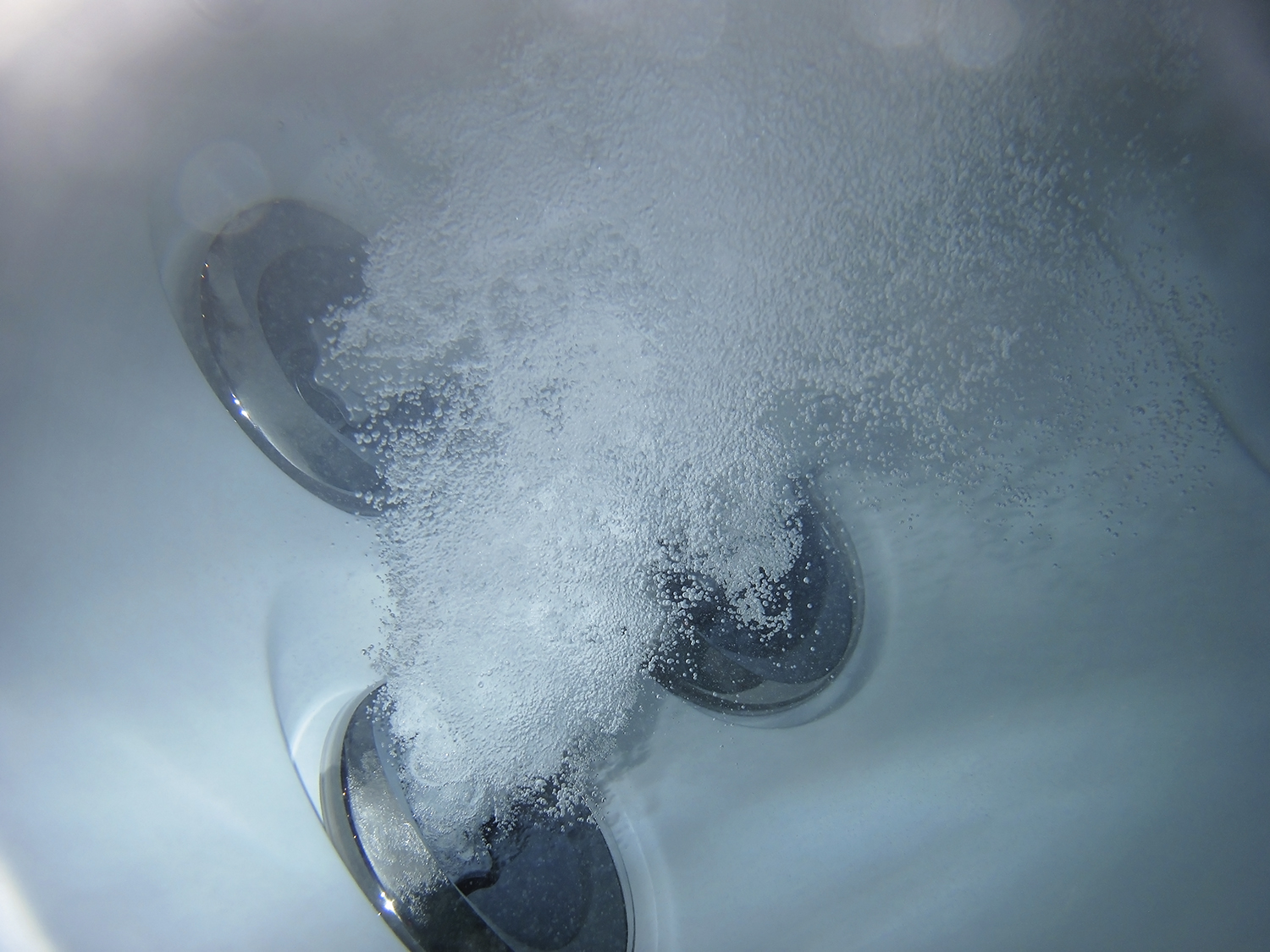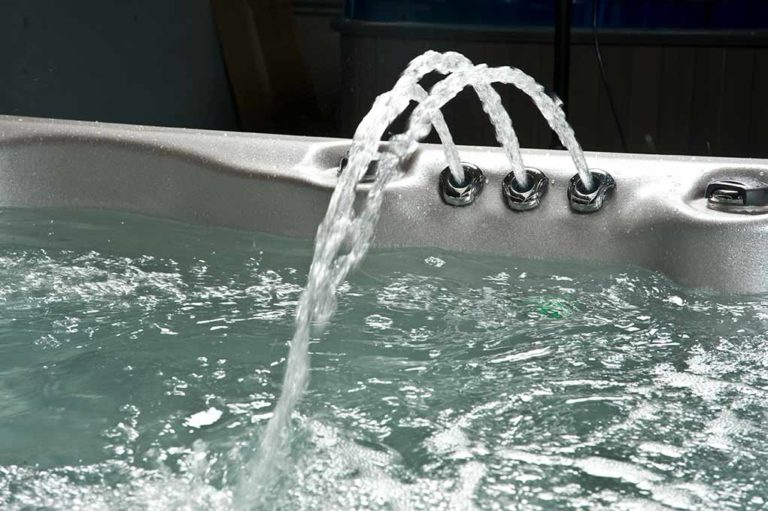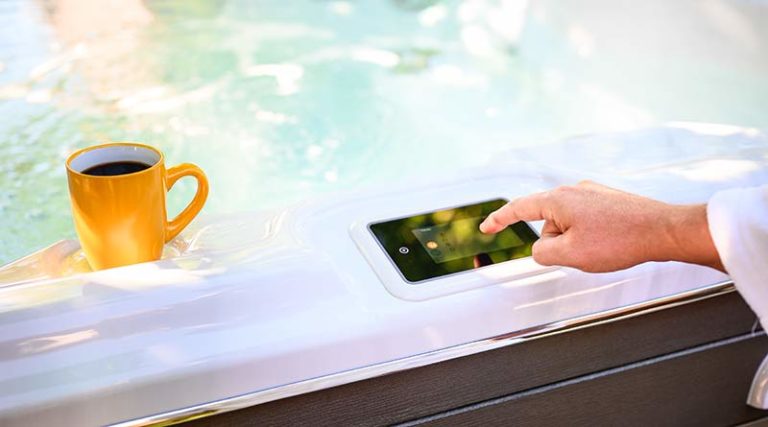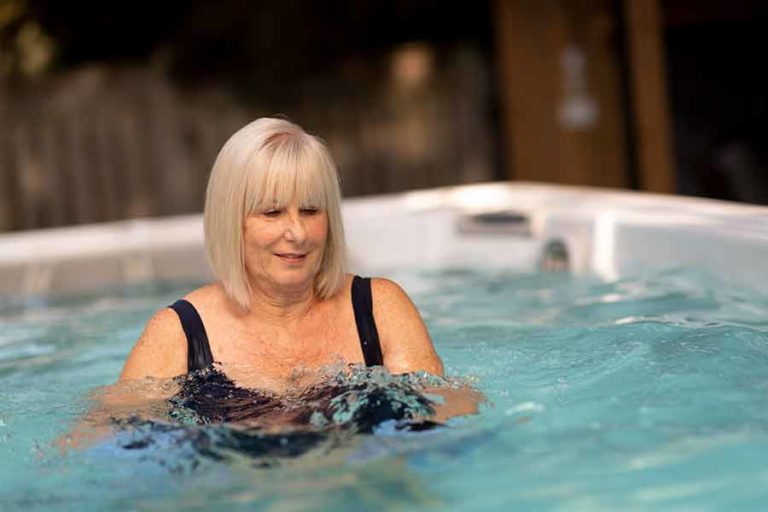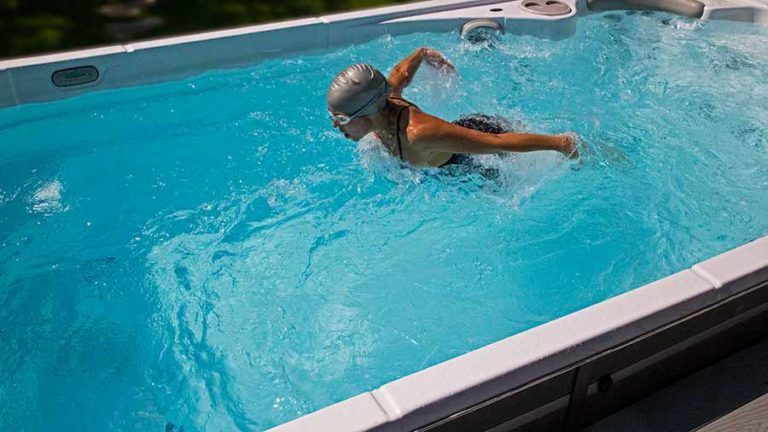Why does Hot Tub Water go Cloudy? Causes and How to Fix Them
Cloudy water is a common problem for hot tub owners and most will experience it at some point. In this post we’ll explain the main causes, and provide some easy steps to solve the issue.
As a general rule hot tub water will become cloudy due to an imbalance, or the tub’s inability to remove contaminants via the filter. Carrying out regular testing with a comparator testing kit will help to prevent clarity issues and will also provide data to help resolve them when necessary.
In our experience dealing with hot tub issues we have found these to be the main causes of cloudy water, with the most common listed first and then in descending order:
The Ten Most Common Causes of Cloudy Hot Tub Water
1. Sanitiser levels are too low and weekly shock dosing is required
When sanitiser (chlorine or bromine) levels are too low, the water can become cloudy due to excess contaminants / pollution not being dealt with (‘oxidised’) hence you will have non-filterable waste particles in the water.
Always ensure free Chlorine levels are maintained between 2 – 3ppm, or for Bromine 3 -4 ppm, and regularly shock treat the water (weekly) to oxidise the non-filterable waste.
Low sanitiser levels will invite the growth of micro-organisms, algae and other uninvited visitors into the water which will all likely turn the water cloudy and unadvisable to bathe in.
Always remember to shock dose the water weekly or after heavy use to oxidise the non-filterable waste. Non-Chlorine Oxy-Shock is thought to be one of the best products for shock dosing although free chlorine or chlorine dioxide could also be used.
2. The pH is too high.
The pH for hot tub and swim spa water should be between 7.0 and 7.6. If the pH is high and this is combines with high Total Alkalinity (TA) this a likely cause of cloudy water.
Please note pH and TA are two separate readings, but both equally important in keeping your water balanced and clear. Make a point of also measuring the TA and calcium hardness as these will reveal the extent of excess minerals and hydroxides in your water which could impact its clarity.
3. Small particles are not being caught or trapped by the hot tub filter
The smallest of particles can pass through every type of filter as they’re too minute to be caught; this is not a filter malfunction and so changing and cleaning it will have little to no benefit.
The best course of action is to add Spa Water Clarifier which help bind the small particles which will aid the filtration process.
4. The cartridge filter isn’t being cleaned often enough
Regardless of how often and how many bathers are using your hot tub or swim spa, the filter(s) needs to be cleaned weekly. Every last drop of water and associated pollution passes through the filter, and debris such as skin particles, oil, hair, and leaves are all caught by it.
If it’s clogged it will become inefficient and hence could impact the clarity of the water.
If the filter(s) are not cleaned regularly the debris in the filter can breakdown the re-enter the water, thus creating cloudy water conditions.
5. You’re only testing the pH of the water
Test strips are useful but they don’t give you the full picture when it comes to your hot tub water. A comparator water test kit will enable you to capture the important water readings, allowing you to diagnose the actual issue much quicker.
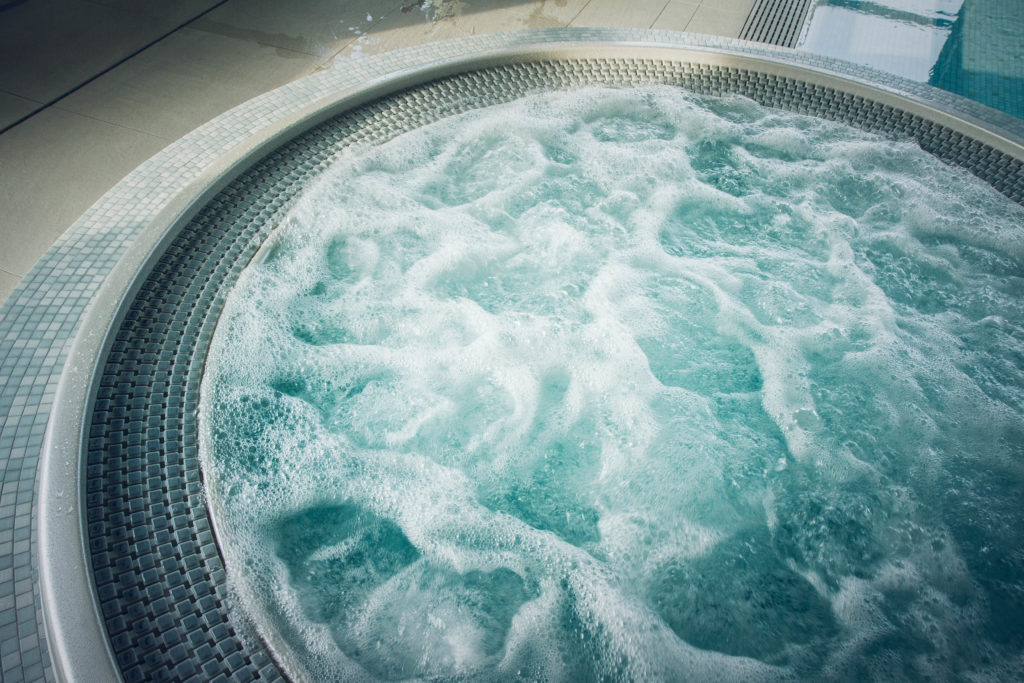

6. Cyanuric acid (chlorine stabiliser) reading is too high
When this happens the chlorine sanitiser (free chlorine) will not work effectively. A limit of 50ppm for Cyanuric Acid (Chlorine Stabiliser) is recommended. Your test kit will give you this reading. Cyanuric acid (Chlorine Stabiliser) levels increase proportionally every time chlorine is added to the water (either Spa Chlorine Granules, Spa Chlorine tabs or Spa Multi-functional Chlorine Tabs).
7. Your water could be ‘scale forming’ or ‘corrosive’
Refer to the Langelier Saturation Index and input your readings to discover if corrosion or scale-forming is the source of your cloudy water. If this proves to be the cause you will need to take the appropriate action such as reduce pH, and TA.
We will be covering the Langelier Saturation Index in more detail in a future blog.
8. The cartridge filter needs changing
Check first that it’s not simply a case of needing a clean before doing this.
Typically, a hot tub cartridge filter will last up to 18 months if cleaned weekly.
Over time, the veins in the cartridge filter will expand too far with the physical debris (pollution) sampling passing through without capture. Make a note of the date the filter was replaced to indicate when your next change is due.
9. The water needs draining and replacing
Even with the regular application and balancing of hot tub chemicals this will need to be done periodically.
As a general rule, you should drain your hot tub or swim spa water every 12 to 14 weeks, although in some instances this can be extended where usage has been low, water temperature is reduced and a regular daily / weekly water care regime has been consistently applied.
Hot Tubs and SwimSpas that have the added benefit of UV (Ultra Violet Light) and or Ozone can sometimes extend the life expectancy of the water.
Regular additions of chemicals will increase the TDS (Total Dissolved Solids), there is no other method to reduce these dissolved solids other than dilution by adding fresh water, or a complete drain down and replacement of the water. TDS levels should be no higher than 1500 – 2000 PPM or 1000PPM above the mains water (used to fill the hot tub).
10. Poor water circulation
This can occur due to the pump(s) not working effectively, or pumps being turned off, resulting in stagnant water.
Some hot tub owners have adopted a practice of turning off the circulation pumps to try and minimise running costs, however this is a false economy as stagnant water will result in cloudy water and, even worse still, unsanitary bathing conditions.
Another reason for poor water circulation resulting in cloudy water is a blocked or “clogged” filter due to neglecting the weekly filter cleaning process.
Now we’ve established the most likely causes of poor clarity in hot tub and swim spa water, let’s look at ways to prevent it happening in the first place.
Good Practice to Avoid Cloudy Hot Tub Water
- Always test water daily by having an ample supply of test strips on hand, or ideally invest in a comparator tester using test tablet reagents. These are far more accurate than test strips and will give you a more detailed picture of the state of your water; they take a little longer to administer but the depth of information gained will be worth it.
- Have a supply of your preferred sanitiser, chlorine or bromine, on hand and don’t forget to shock dose the water on a weekly basis. Non Chlorine Shock tends to be the best option to shock the water weekly as outlined in the above list of ten causes, point 1.
- Record what chemicals you have added and on what date, should you need to consult your local dealer for assistance.
- Ensure that your bathers have showered before entering the hot tub / swim spa; a 30-second shower can remove up to 60% of surface pollution from the skin that would otherwise enter the water, meaning your sanitiser has to immediately work much harder and ultimately could cause cloudiness in your hot tub or swim spa.
- Routinely replace your cartridge filter, typically this will be every 18 months if cleaned and inspected weekly. A good practice to adopt is to invest in 2 sets of cartridge filter(s), and swap the filters out during the cleaning process to ensure continuous filtration during the weekly cleaning regime.

